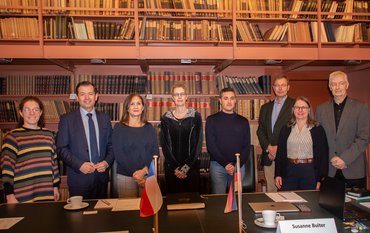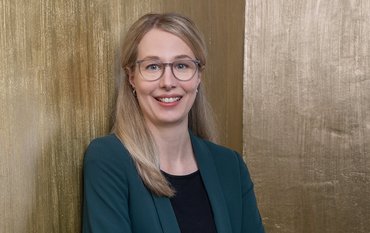At some point Torsten Sachs is running out of superlatives: “You only experience this once” he says “and on so many levels – scientifically, personally, dynamically in the group and psychologically.” The scientist has returned safely after spending nearly half a year within the northern polar circle on board the “Polarstern”. He took part in the MOSAiC-Expedition which set off about one year ago. The scientific icebreaker “Polarstern”, which belongs to the Alfred Wegener Institute for Polar and Marine Research set a course for the winter ice in the Arctic in order to be frozen within the ice and follow the floe. Hundreds of scientists from around the world undertook their measurements during different stages of the journey.
Torsten Sachs was particularly interested in the thermal currents between the ice or water and the atmosphere and the greenhouse gas methane. As inhospitable as the environment is there, life exists above and beneath the ice which requires energy and has a metabolism. Torsten Sachs arrived at the “Polarstern” just before the first sunrise and with his measurements was able to follow the transition between polar night and polar day and with that the return of sunlight and the “awakening” of biology. But Sachs and a few other scientists from the “Biogeochemistry” team also focussed on the purely chemical and physical interactions between the ocean, ice and atmosphere during the freezing process, aging and melting of the salt water, e.g. isotope fractionation of methane and the discharge of salt from the ice. Others examined characteristics and dynamics of ice and snow (Team “Ice”), biology of the water column (Team “Eco”), physical characteristics of the water column and its turbulence (Team “Ocean”) and chemistry and physics of the atmosphere (Team “Atmos”).
“An expedition like this might only take place once in a hundred years” says Torsten Sachs. “As a scientist with a certain inclination towards extreme environments, you want to absolutely be a part of it.” However, it will take some time until he will be able to publish the first results of his “site visit”, especially because his colleague from the TU Braunschweig is still on board and has been collecting more data with his probe “Helipod” right up until the MOSAiC floe broke apart. The amount of data alone – each flight to collect data accumulates apprx. 700 GB from 60 different sensors – means that he and his colleagues would need until Christmas for postprocessing of the metrological data only. The analysis and interpretation of other data, e.g. the gas and isotope analysis, which could already be carried out in the laboratory on board, will be further along by then. After that, a paper will be written. It will take further weeks, sometimes months, until the paper has been peer reviewed. “It is possible that it will take more than a year until a paper will be published”, Sachs says. That’s life after the adventure.
The preparation alone would have been a test of courage for some: shooting practice to prepare for polar bear attacks, training for survival in water, practicing helicopter rescues. During the expedition it was important to have patience and deal with uncertainty. There were many delays on the journey, frozen Pistenbullies, a broken landing strip and complete and utter uncertainty of when they could return due to Corona. All that was part of daily life. And also this: a seven day working week, “easily 60 hours, most likely more” and apart from usually having Sunday mornings off, only one full day off in five months: Easter Sunday.
But the scientists were more than compensated by the natural spectacle. “The outward journey with the russion icebreaker “Kapitan Dranitsyn” was an experience all by itself – further and further into the continuous darkness, roaring storms, which reduced visibility down to less than 50 meter, even with strong search lights and then, after nearly five weeks on board, suddenly there appeared a light on the horizon”, recounts Torsten Sachs. The brightly lit “Polarstern” seamed surreal within the ice. The immense forces of nature were also impressive. Ice anchors, which were made out of welded together train tracks, “were snapped by the pressure of the ice, as if they were matches”, press ice many meters high, which rose up in the shortest time – “it’s like watching plate tectonics or the formation of a mountain on time-lapse”, Sachs says. Then there are cracks and hundreds of meters of open water, drifting measurement stations, cables and data connections which had to be recovered. “We spent some time in a large shear zone and were “pushed around” quite a bit”. And of course, there has to be a temperature record: minus 42,5 degree Celsius with a wind chill factor of about minus 68 degrees.
And Corona? Torsten Sachs: “We were probably in the safest place on earth”. That was also surreal. During the global lockdown, which the crew and scientists learned of in the news, life on board carried on as normal. Nightly science meetings, sociable evenings, gym, sauna – everything as before. And despite the many hours of work and seminars, they managed to find some time for fun occasionally: camping on the ice (with bear watch), a game of football on the ice, sports on board. After the return journey had to be rescheduled and got delayed several times, the scientist is now reflecting on his impressions. Torsten Sachs: "What stays with you in any case, is the realisation of how profoundly dynamic the situation is there and all the analogy studies you could make.” The working group leader is expecting to find many a surprise in the coming months which are currently still hidden within the raw data.
(jz)
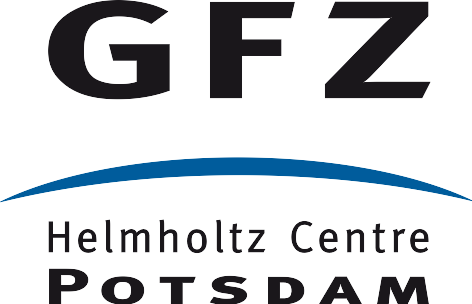

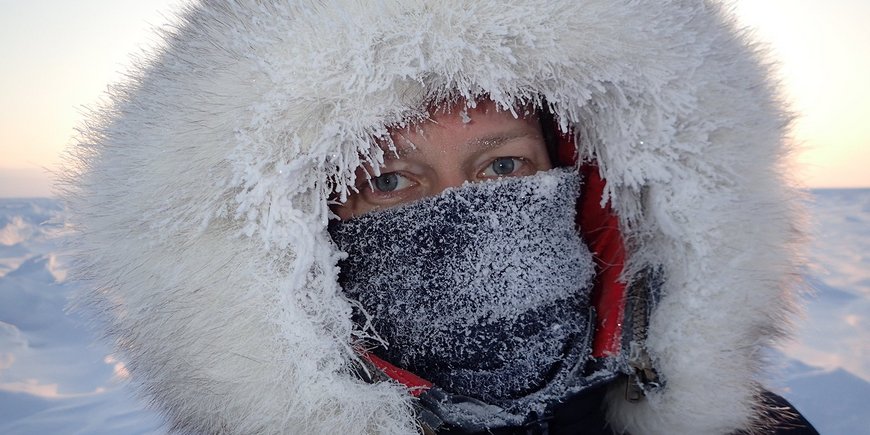
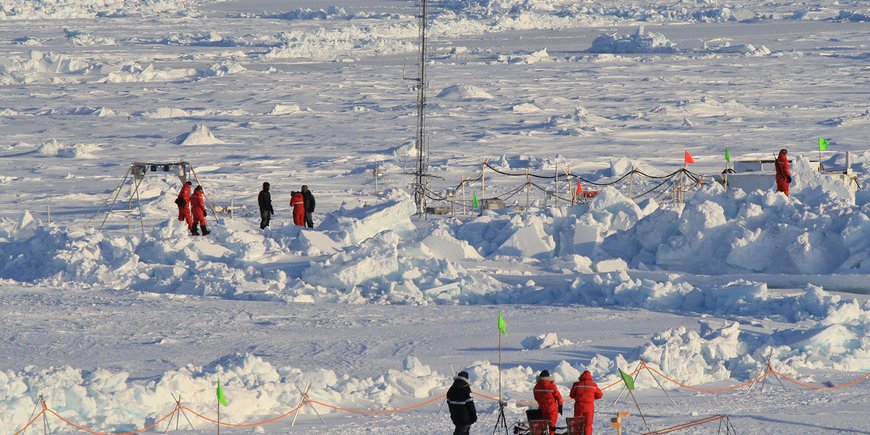
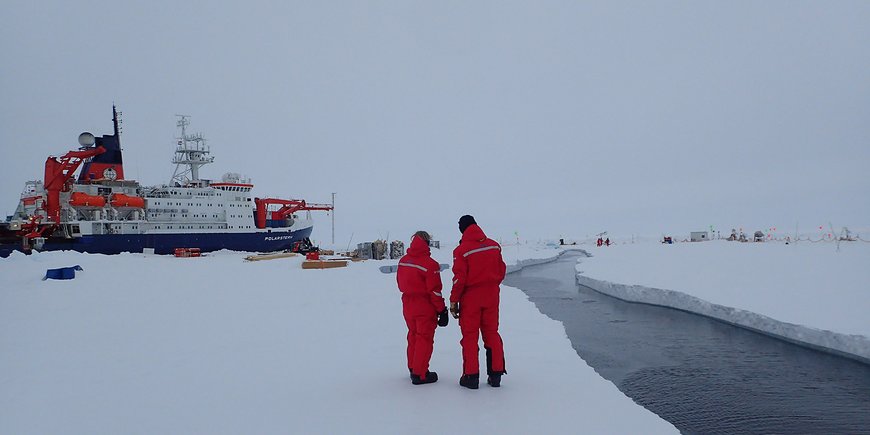
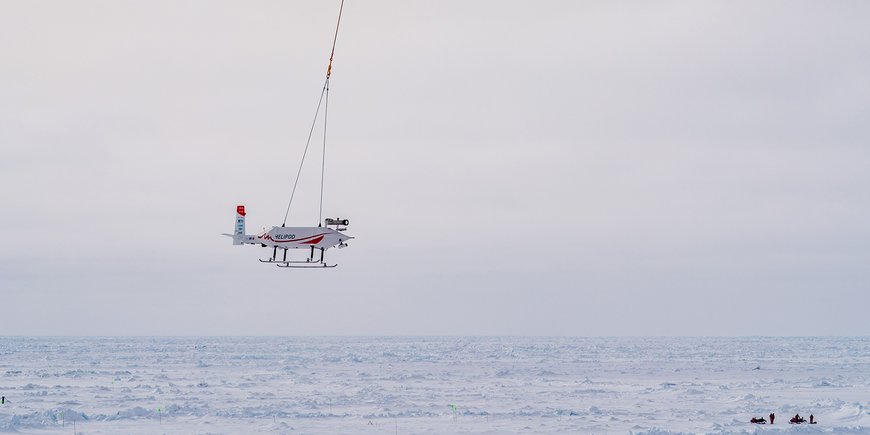
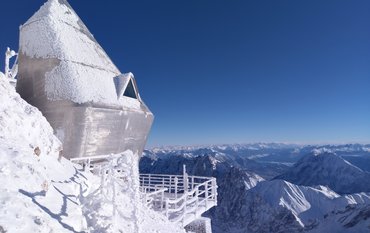
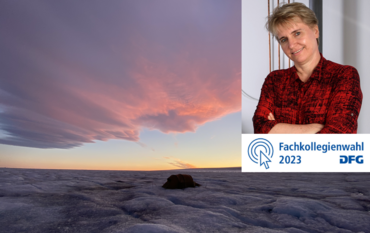
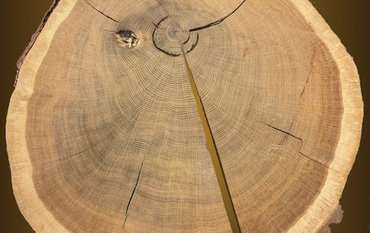
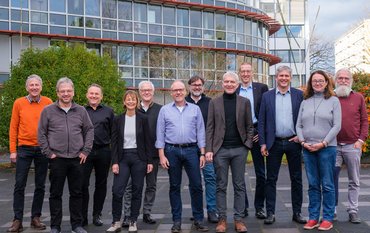
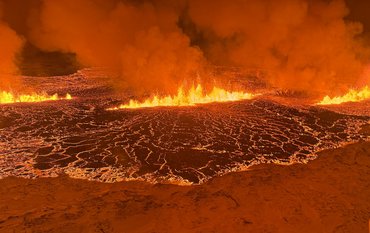
![[Translate to English:] Torsten Sachs in front of a climate station on a field](/fileadmin/_processed_/3/9/csm__TorstenSachs_bearbeitet_GS_4a1365ef84.jpeg)
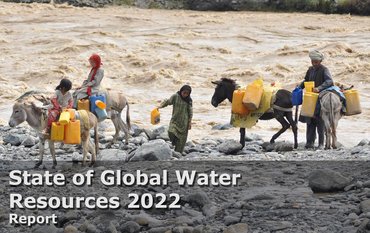
![[Translate to English:] left image flood at the Ahrtal: image from above, several houses are flooded; left image:: Heidi Kreibich;](/fileadmin/_processed_/4/4/csm_Bild2_9af0130e9f.png)
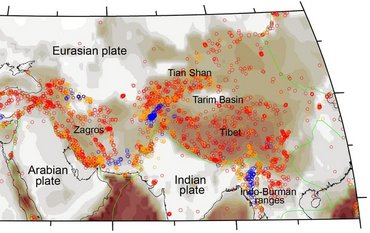
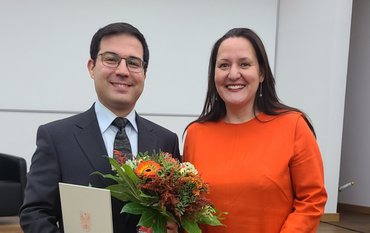
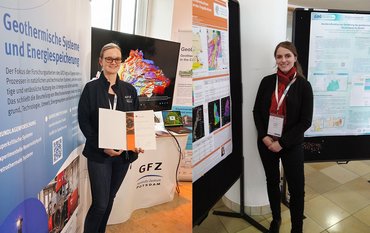
![[Translate to English:] Start der Vega Rakete](/fileadmin/_processed_/6/4/csm_20231201-kachel_Vega-VV23-launch_ESA-CNES-Arianespace_706716b68c.jpeg)
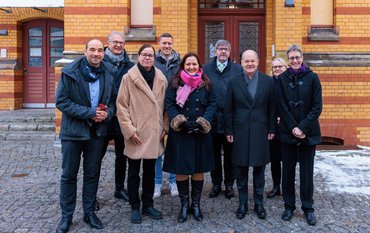
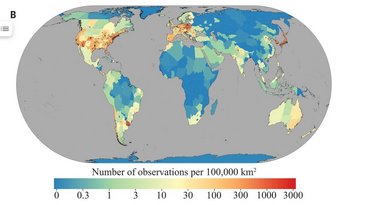
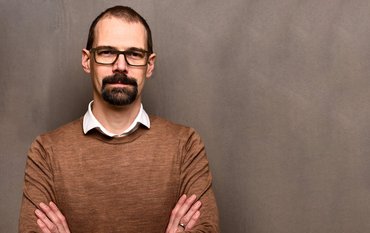
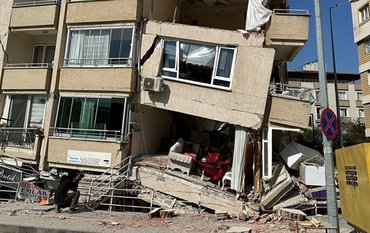
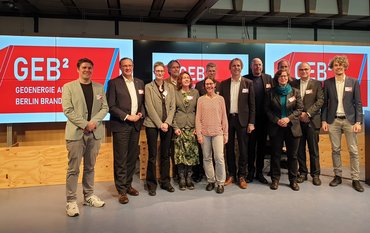
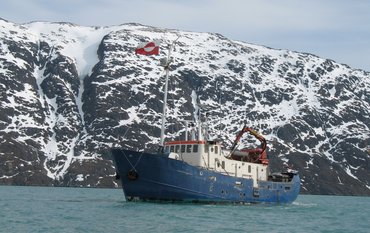
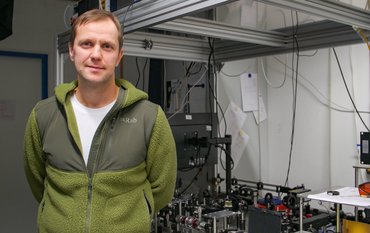
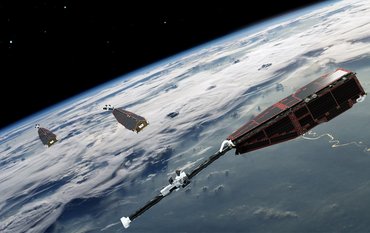
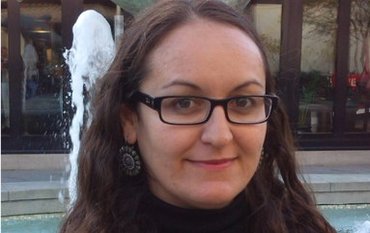
![[Translate to English:] Poster exhibition at the Brandenburg Hydrogen Day at the GFZ, some participants in the foreground](/fileadmin/_processed_/6/5/csm_Erster_Brandenburgischer_Wasserstofftag_GFZ_402fcec95e.jpeg)
![[Translate to English:] Group picture of the participants](/fileadmin/_processed_/9/4/csm_20231108_CAWa-Workshop-Tashkent_Gruppenbild_99ea779d8a.jpeg)
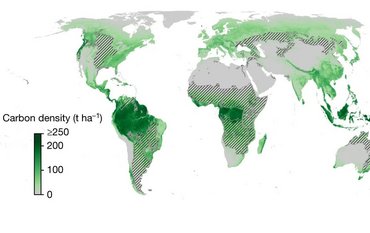
![[Translate to English:] [Translate to English:] Hörsaal](/fileadmin/_processed_/e/6/csm_H%C3%B6rsal_e21ac645fb.jpeg)
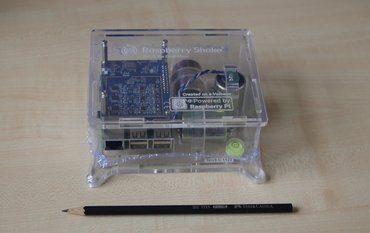
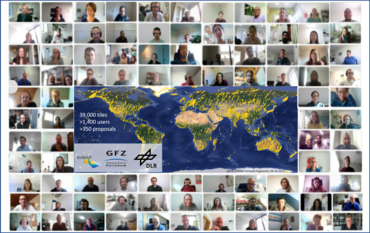
![[Translate to English:] The Delegations in the Historic Library on the Telegrafenberg. In the back there are from left to right, the Dutch Ambassador for Germany, Ronald van Roeden, the Dutch Minister for Education, Culture and Science, Robbert Dijkgraaf and the scientific director of the GFZ, Susanne Buiter.](/fileadmin/_processed_/d/b/csm_Kachel-2_9eba4b4212.jpeg)
